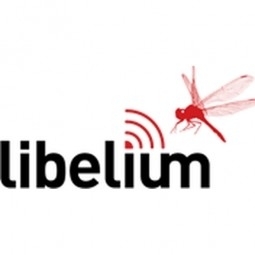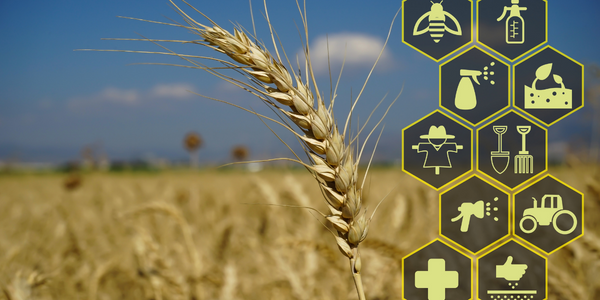Libelium
Case Studies
Smart Agriculture Project Ensures Crops Health and Reduces Losses
Overview
 |
Smart Agriculture Project Ensures Crops Health and Reduces LossesLibelium |

|
Functional Applications - Remote Monitoring & Control Systems Networks & Connectivity - Gateways Networks & Connectivity - WiFi Sensors - Humidity Sensors Sensors - Level Sensors Sensors - Temperature Sensors | |
Agriculture | |
Business Operation | |
Remote Asset Management | |
Operational Impact
| [Efficiency Improvement - Labor] Reduced human error | |
| [Efficiency Improvement - Production] Improving crop yields | |
| [Data Management - Data Accuracy] Improved reliability of readings | |
Quantitative Benefit
Instead of once a week, readings are now taken every 15 minutes providing valuable insight into daily, weekly and monthly water quality trends. | |


